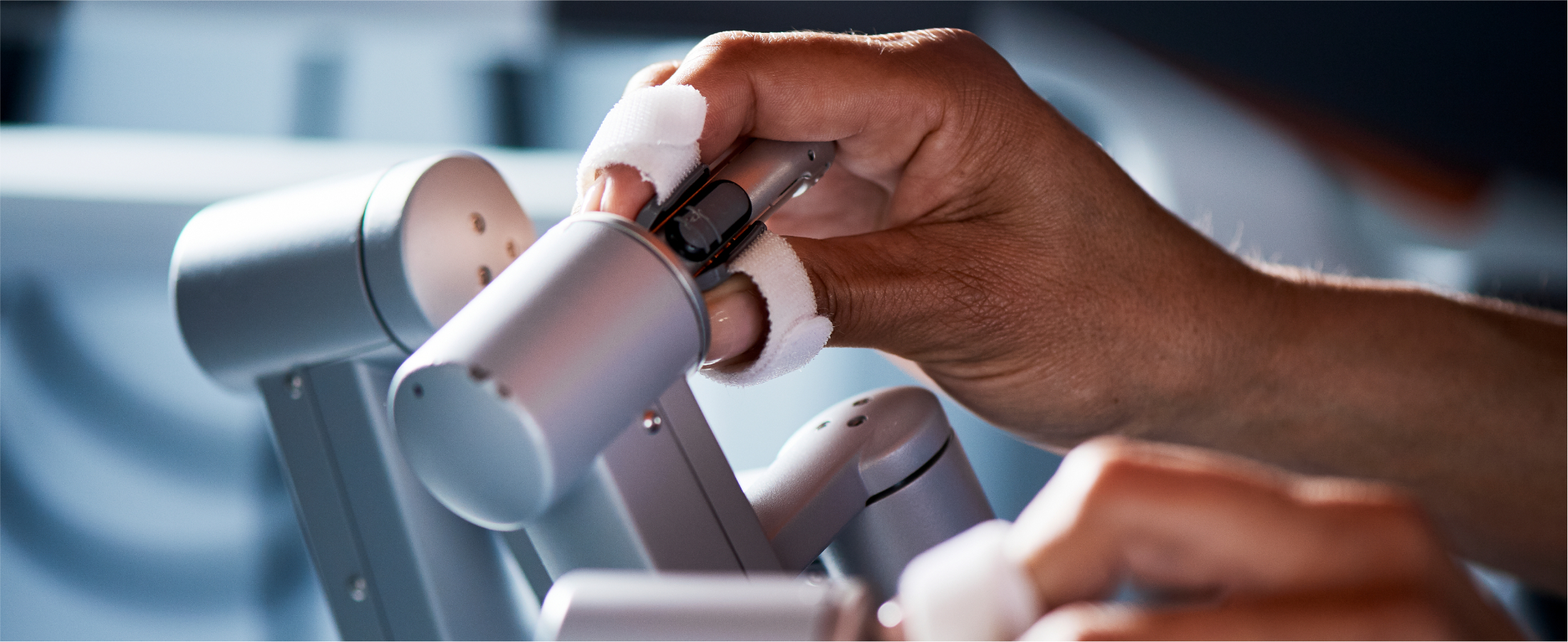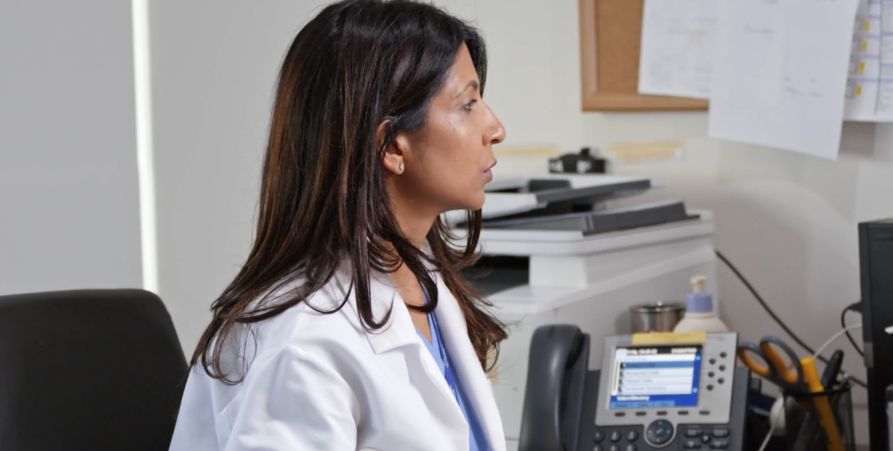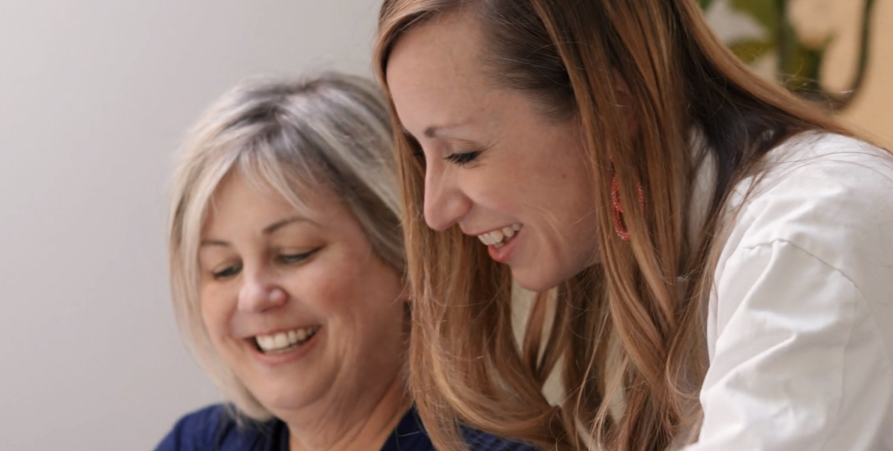

Today, robotic surgery is widely used by surgeons all over the world. More than 12 million procedures have so far been performed using Intuitive robotic systems. Many surgeons say that for many procedures, Intuitive’s da Vinci robotic systems can help reduce complications, improve outcomes, and help patients recover more quickly than open surgery.
Yet this approach was not always so pervasive. In the beginning, da Vinci adopters often faced questions and doubts from their peers. Tanuja Damani was among this group; she first saw the possibilities for robotic surgery 12 years ago. “I remember distinctly when I first sat at the console,” says Dr. Damani, who is a general surgeon at New York University. “I just knew that there was no way that this will not be how surgery will be performed, but there was tremendous skepticism early on.”
Despite this, she, and others like her, stuck with it. Their vision, perseverance and mentoring have smoothed the way for those who have followed.
Amanda Pysher is a good example of this. A young bariatric and general surgeon with Surgical Consultants of Northern Virginia, she was first introduced to robotics during her residency and fellowship. Unlike Dr. Damani, Dr. Pysher has benefited from a robust network of mentors, who have helped her as she’s learned to master the da Vinci system. She’s become so comfortable with the system that over the past four years, she has transitioned to performing nearly all of her surgical procedures robotically. She now mentors other surgeons who are in the process of learning robotic assisted surgery.

“I think it has been easier for me to transition to robotics than the first adopters years ago,” Dr. Pysher says. “It’s one of the reasons I feel so strongly about mentoring. I want to be able to give back and help others the way that [my] mentors helped me.”
For both Dr. Pysher and Dr. Damani, the goal is to use minimally invasive care to do more for patients. They say that robotic surgery can help them do that. One such patient is Jennifer Luebke. Last year, after struggling with her weight for decades, Luebke decided to have a robotic bariatric surgery with Dr. Pysher.
The decision stemmed largely from her sense that her weight increased her long-term health risks. “I want to be able to grow old and be a grandmother, and I really didn’t see that in my future,” she says. “I really was concerned.”
As an emergency room nurse, Luebke was reluctant to undergo traditional open bariatric surgery— she’d seen patients who’d had to deal with complications. But as her weight increased and her health problems grew, Luebke and her surgeon decided that surgical robotics might reduce the risk of complications.

Her decision paid off. After the procedure, she spent the night in the hospital and was discharged the next morning. She says the procedure has “completely changed” her life, motivating her to approach both eating and exercise differently.
As the technology continues to advance, more surgeons and hospitals are coming on board: so far, Intuitive systems have been used in more than 12 million minimally invasive surgical procedures.1 A study published two years ago in JAMA Network Open analyzed records from 73 hospitals in Michigan, and found that 8.7 percent of surgeons performed robotic general surgery in 2012; by 2018, that number had jumped to over 35 percent.2
“We are turning the skeptics into believers,” Dr. Damani says. “The shared sense of purpose of the robotic surgery community now is something that is so refreshing.”
Look for more Intuitive stories on leadership, problem solving, and impact at the point of possibility™.
Important safety information
Patients should talk to their doctor to decide if surgery with a da Vinci system is right for them. Patients and doctors should review all available information on nonsurgical and surgical options and associated risks in order to make an informed decision.
Serious complications may occur in any surgery, including surgery with a da Vinci system, up to and including death. Serious risks include, but are not limited to, injury to tissues and organs and conversion to other surgical techniques which could result in a longer operative time and/or increased complications.
For important safety information, including surgical risks and considerations, please also refer to www.intuitive.com/safety. For a product’s intended use and/or indications for use, risks, full cautions, and warnings, please refer to the associated user manual(s).
Individuals’ outcomes may depend on a number of factors—including but not limited to—patient characteristics, disease characteristics, and/or surgeon experience.